ABOUT THE COLLECTIONS
One of the museum’s major tasks is that of being a collective memory base for the community. This is done through collecting, documentation, research and conservation.
The collecting and documentation work at the museum has for the most part been linked to specific projects. The material from these projects mostly consists of photographs, interviews and archives. Collection of objects is more insignificant and less systematic.
Ryfylkemuseet has been assigned a special obligation for building up a folk music archive for Rogaland, a task that involves the entire county.

BUILDINGS
Ryfylkemuseet is unique in being a museum for buildings in which most of buildings preserved by the museum are still located on their original sites and in their proper settings. They are still connected to their roots.
Today Ryfylkemuseet oversees about 80 antiquarian buildings, which makes it the largest such museum in Rogaland County and among the largest in the entire country.
You can read more about the buildings and building protection at Ryfylkemuseet under the heading “Building Protection” or on the front page of this site where the largest sites are presented.

VESSELS
The museum owns 12 smaller boats and two ships – “Brødrene af Sand” and “Suldal”.
“Brødrene af Sand”
This Ryfylke-coaster was built at Yrkjesfjorden in the mid-1800s. Her home harbors have been at Rennesøy and Sand. “Brødrene” was purchased for Ryfylkemuseet in 1997 and was completely restored at the Hardanger Fartøyvernsenter in 1999. Her length is about 15 meters and breadth just over 5 meters.
“Suldal”
This ferry, which carried passengers and freight on Lake Suldal, is popularly called the “Suldal Steamer”. Built in 1885, she was in service until 1978. After that a friends’ association took her on until the museum took over in 2014. The museum has plans for restoration of the ship, which has a length of 20.8 meters and a breadth of 4.33 meters.

OBJECTS
The museum’s collections of artifacts numbers about 20.000 objects. These collections comprise a wide spectrum of objects including tools and equipment from farming and fishing, industry and construction, in addition to household effects from homes having varied economic and social conditions. The collections are not large nor do they consist of showpieces, but they do convey knowledge about daily life in Ryfylke during the past two to three hundred years.
The greater part of the stored objects has been placed in the joint storehouse for museums in Rogaland County at Åmøy. Objects that are exhibited can be found partly in the milieu displays at, for example, Kolbeinstveit or Litunet, and partly in temporary exhibitions and traveling exhibitions.
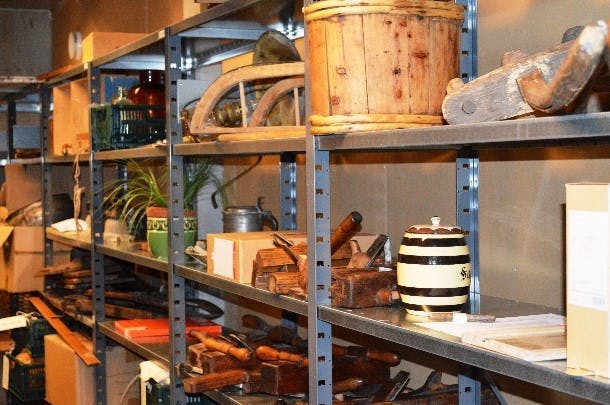
NATURAL HISTORY COLLECTIONS AND PROTECTION OF CULTURAL LANDSCAPES
Ryfylkemuseet is primarily concerned with cultural history. However, the sites where collections are found allow for the presentation of the interrelationship between culture and nature. Viga and Hustveit are two examples of places where such activities have been especially successful.
Cooperation with the Norwegian Genetic Resource Center and volunteers in Hjelmeland has led to the creation of a historic fruit orchard at Viga in Hjelmeland with about 130 varieties of older apples, pears and plums from Ryfylke.
The museum has worked together with Sauda Municipality, the governor’s office for Rogaland County, and the Nord-Rogaland and Sunnhordland Council for Open-air Recreation on the restoration, organization and care of Jonegarden, one of the farms at Hustveit in Sauda. Here there is a unique natural area reaching from the fjord and up to the mountain moors, with a great potential for presenting local culture and natural history.
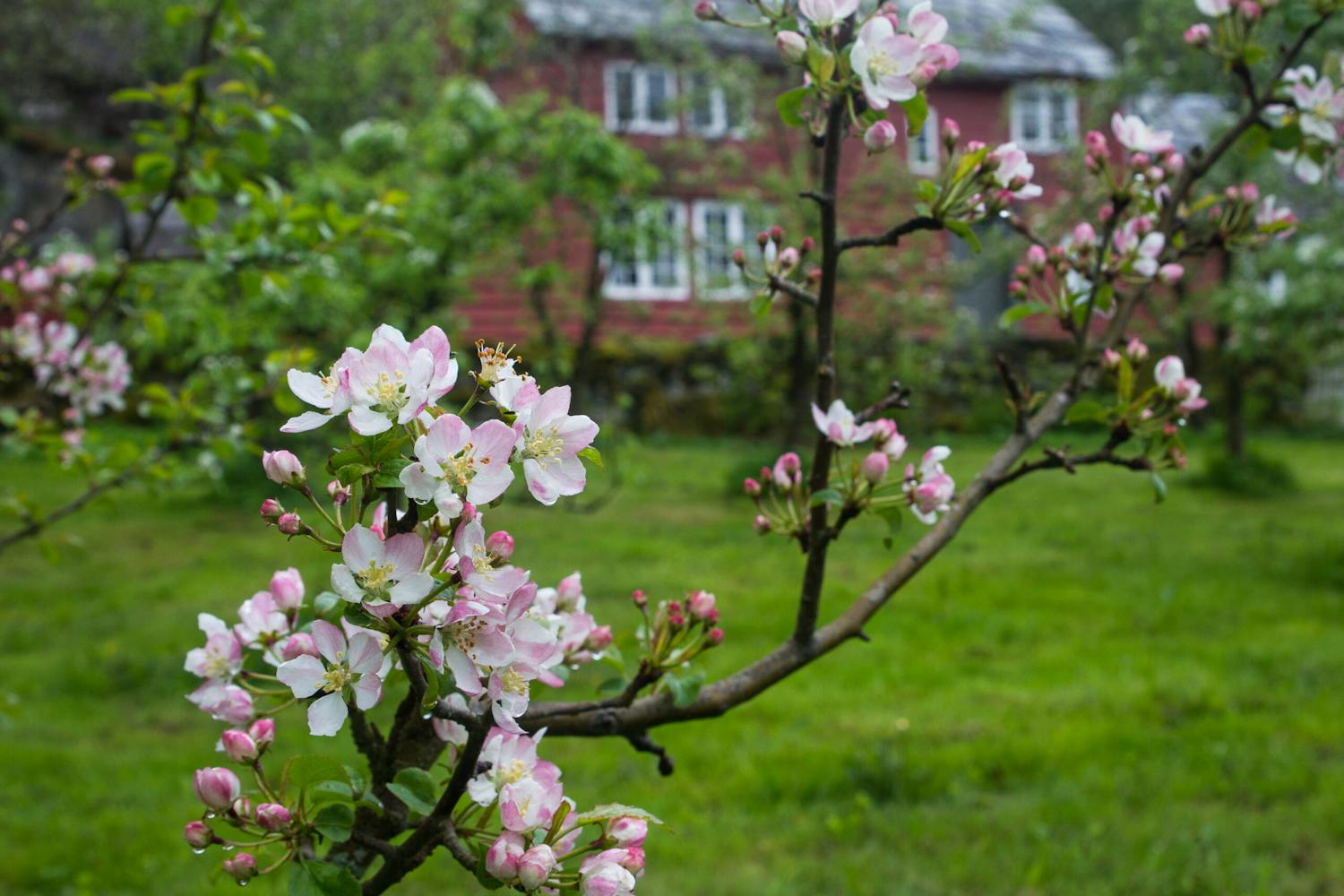
THE COLLECTIONS OF PRIVATE ARCHIVES
These archival collections, which take up about 85 shelf meters, have a slight annual increase. These archives originate with companies, associations and private persons in Ryfylke. Most of the material comes from Suldal Municipality. Some, but far from all of this, has been systematized. This includes eight archival deposits amounting to 12 shelf meters. Among the major archives are those from R & T Rasmussen, Sand; the Sand Dairy Fabric; the Ryfylke Folk High School; the Ulla-Førre Works and the collections of technical drawings from the Helland and Aarreberg architecture firm, Sauda.
Interested persons can study the museum’s archive materials after having made a prior appointment. Copies are available for a fee.
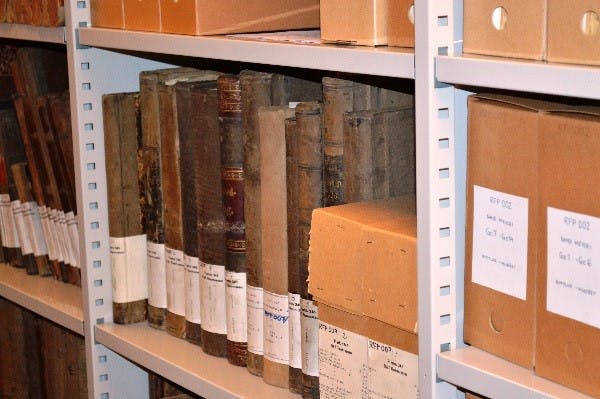
THE PHOTOGRAPHY ARCHIVES
The museum’s photo collection numbers more than 110.000 pictures, 13.000 of which are older cultural/historical photographs from Ryfylke. Information about the photos is stored in the database program Primus. A growing number of photographs have been digitalized and published on the website digitaltmuseum.no.
The main portion of the photograph collection consists of special collections of original photographs, the museum’s own recordings for documentation of work and activity at the museum, and photographs of museum objects.
Copies of these photographs can be ordered (photo prices). Originals cannot be borrowed.
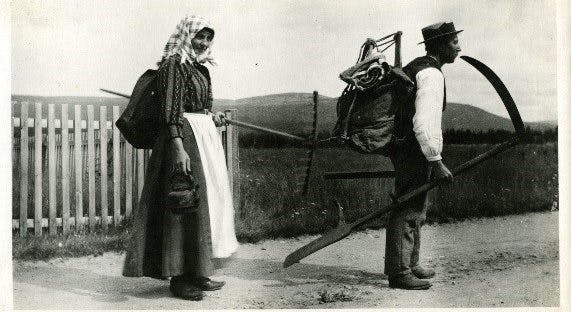
THE ARCHER COLLECTION
The most valuable photographs in Ryfylkemuseet’s collections are the photographs taken by Alice Archer. She was an enthusiastic amature photographer who took many pictures in Sand, Suldal and other places in Ryfylke. The collection is digitalized and can be accessed on the internet.
The Archer Collection is the oldest photo archive at Ryfylkemuseet. Alice Lima Hay Murry Archer (1855-1936) and her family from Great Britain vacationed in Suldal every summer from 1884 until the outbreak of World War I in 1914. The family were drawn to Sand and Suldal due to the salmon fishing in the Suldalslågen. They built a large vacation home, “Rophaug”, in Sand.
Ryfylkemuseet owns seven albums assembled by Alice Archer containing a total of 633 black-and- white photographs. A selection of the Archer photos can be found as a net exhibition. Alice Archer’s complete collection of photographs can now be accessed on Digitalt Museum, where you will also find a digital narrative on the Archer family.
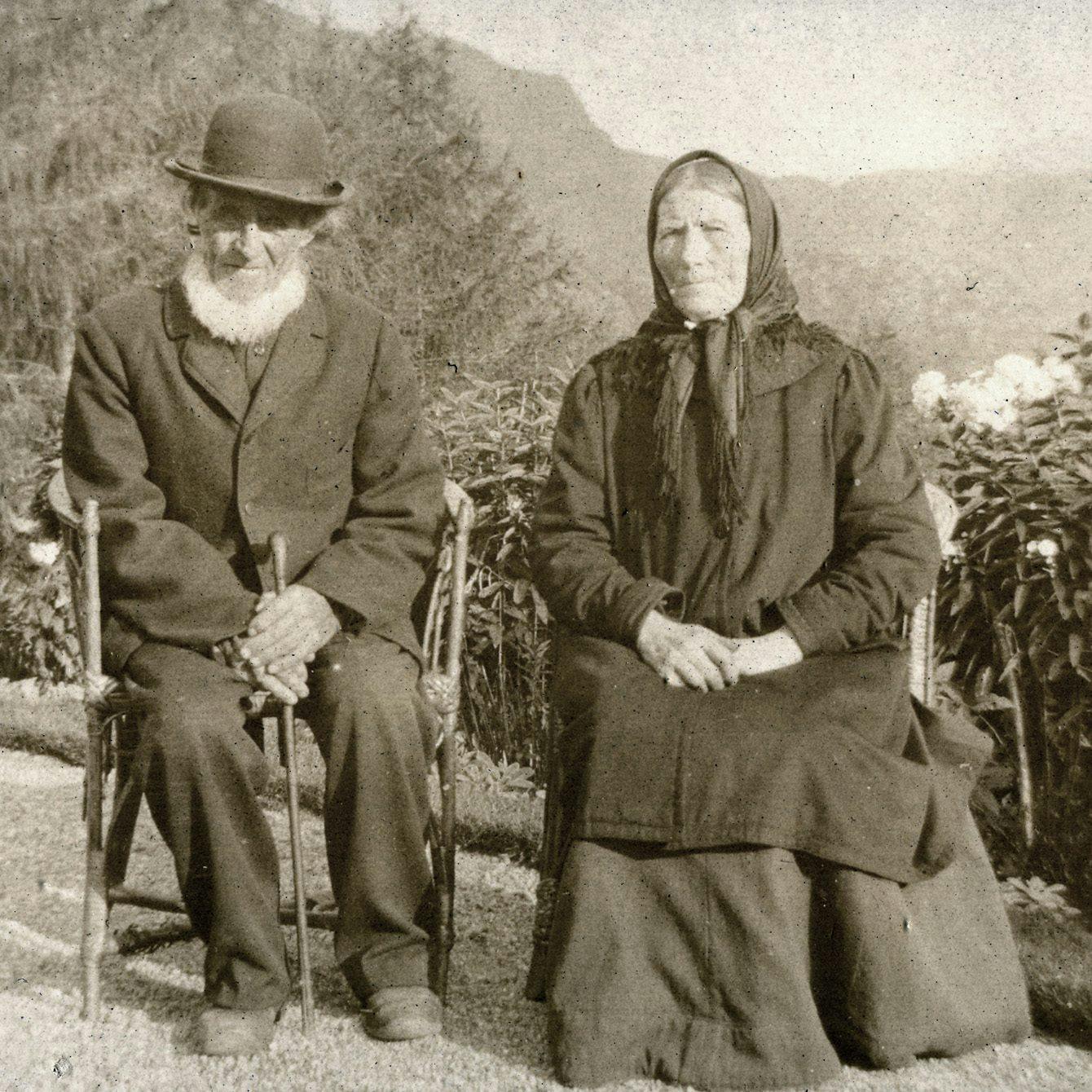
THE SOUND ARCHIVES
The collection of taped recordings numbers about 1100 tapes. Almost half of these are recordings of music and song in the Folk Music Archive. The other half consists of interviews, most of which have been transcribed. The taped interviews are a result of the systematic collecting of oral sources linked to research projects carried out by the museum.
Interested persons can get instruction and a chance to listen to recordings from the Folk Music Archive. A prior appointment is recommended.
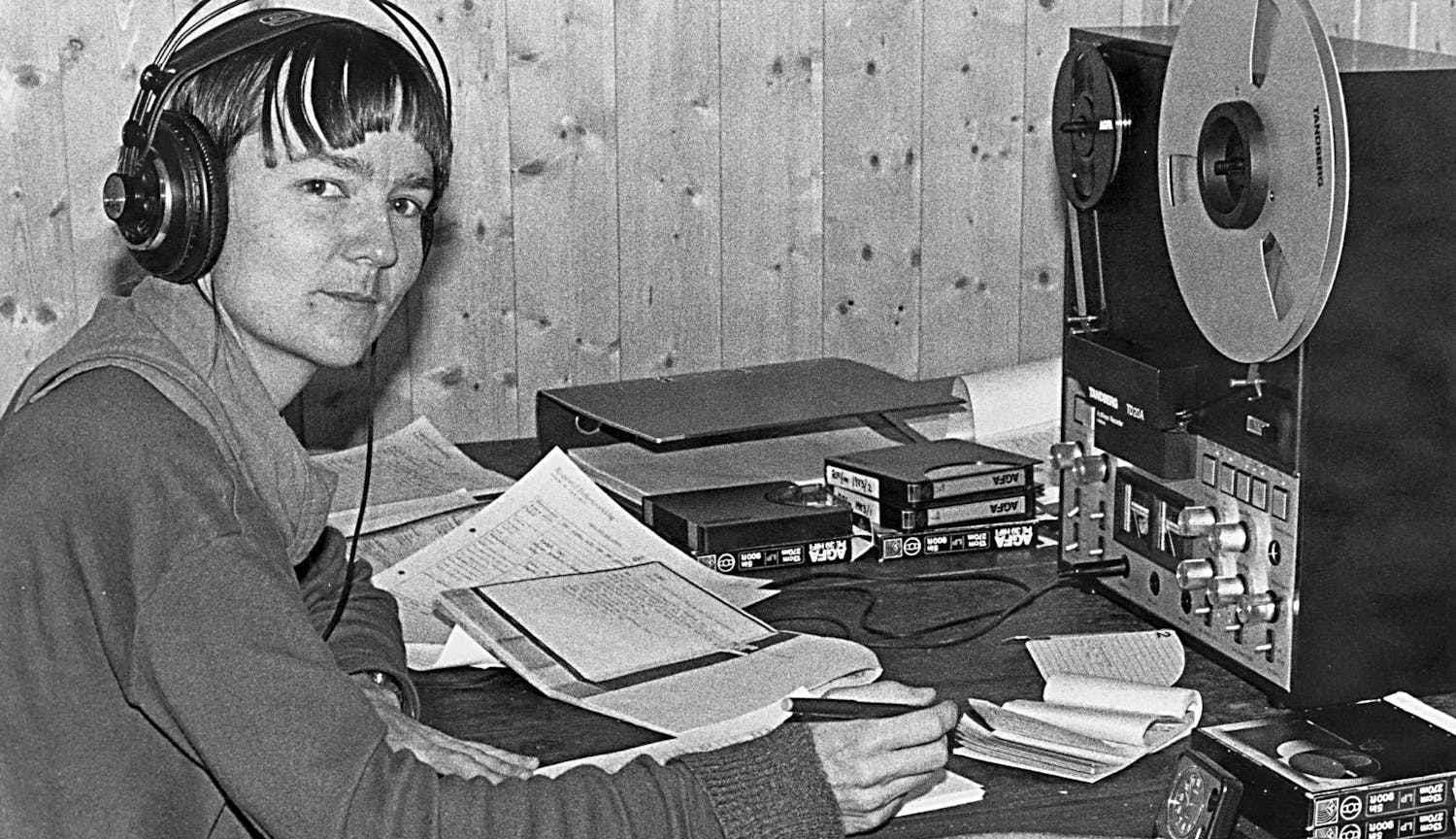
FILM AND VIDEO
The collection of video and film recordings consists of about 160 tapes. We have four historic films from Suldal, four 16-mm films and about 150 video recordings. These last document activities at the museum and the Folk Music Archive. They also include documentary recordings of the construction of the Ulla-Førre Works in the 1970s and ‘80s.
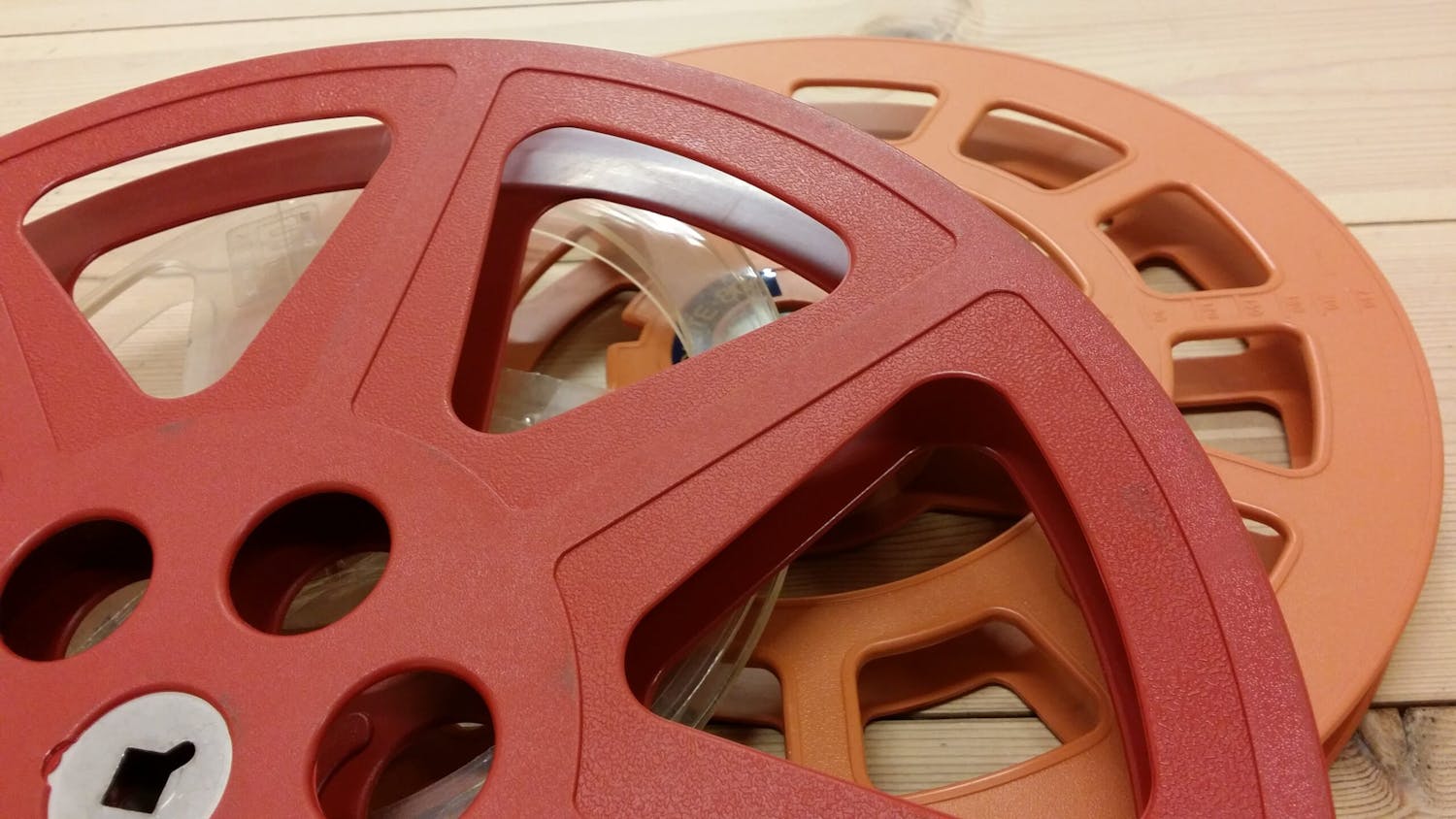
THE LIBRARY
The museum’s library contains over 3.000 books. The books are primarily meant to be used by the museum’s employees. The public can use the library when the museum is open, but cannot borrow books.
